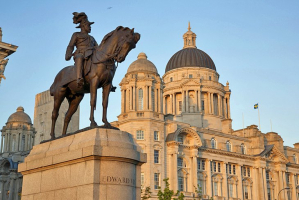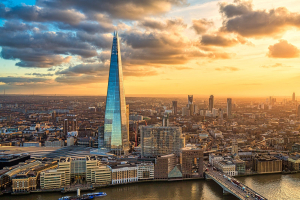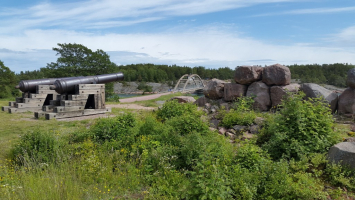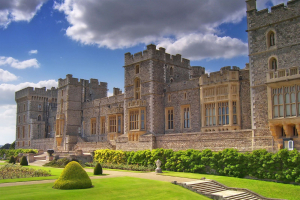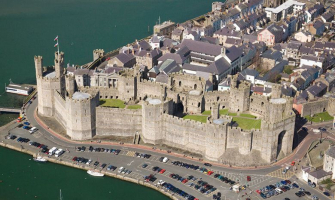Top 7 Historical Wonders of The United Kingdom
The United Kingdom has a rich cultural heritage. Take a walk through any major city's streets, and you'll see concrete reminders of the innumerable historical ... read more...stories woven into the tapestry of modern life on every corner. Our urban landscapes are defined by Georgian houses, Medieval cathedrals, and Victorian streets. Some relics, however, rise above these commonplace mementos to become true treasures of a bygone era. They are Britain's ancient wonders, fascinating and beautiful structures that represent the country's history. If you're interested in history or simply want to see the best of what the UK has to offer, check out our list of Britain's Seven Historical Wonders below.
-
The Royal Observatory Greenwich was built by Sir Christopher Wren in the 17th century and is situated on top of a hill at the Greenwich Royal Park in London. It was founded by King Charles II. Since it was from this observatory that the scientists of the time charted the stars to aid the sailors in navigating at sea, it is hailed as the birthplace of British astronomy. This observatory is where the Prime Meridian Line crosses, and it is also where the "Greenwich Mean Time" is computed.
The Flamsteed House is notable because it is the original part of the observatory where the famous Time Ball drop signal has been in operation since 1833. As well as Flamsteed House, you can visit the Octagon Room, Time Galleries, and Astronomers Royal Apartment. The Shepherd Gate Clock on the observatory's outer wall is a significant attraction because it was the first clock to display accurate Greenwich Mean Time to the public.
You can also see the observatory's onion-dome roof, which makes room for the Great Equatorial Telescope, the largest telescope in the UK. The Royal Observatory now has a new Peter Harrison Planetarium, which hosts daily shows.
Royal Observatory Greenwich Highlights
- Witness the historic Prime Meridian Line and learn about Greenwich Mean Time while placing one foot east and one foot west of the world's Prime Meridian.
- Admire The Great Equatorial Telescope, one of the world's largest refracting telescopes.
- View the Shepherd Gate Clock, the Harrison Clock, and the Airy's Transit Circle telescope, which determined the precise location of the Prime Meridian.
- At the Peter Harrison Planetarium, get up close and personal with the stars in a planetarium show hosted by an expert astronomer.
- Visit the Octagon Room, where astronomical instruments and clocks line the observatory's walls.
Location: Greenwich, Royal Borough of Greenwich, Greenwich
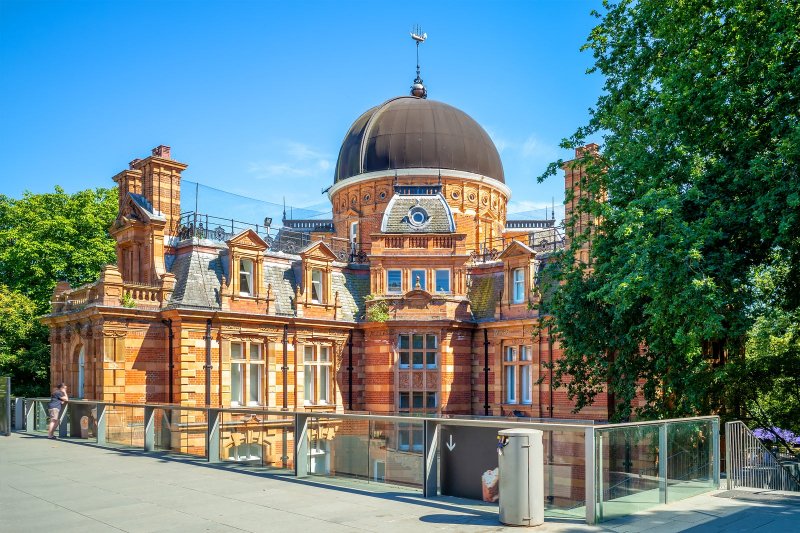
Hotels.com 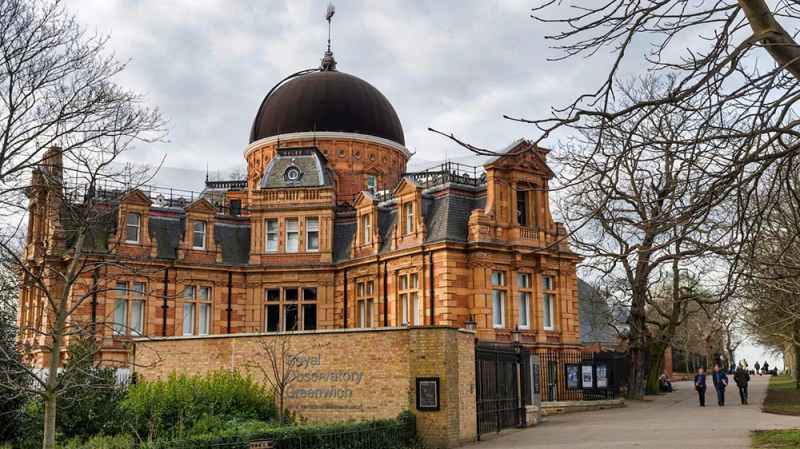
www.befreetour.com -
Oxford University is the oldest university in the English-speaking world, and it is still one of the best and most prestigious universities in the world. Numerous famous figures and great minds have studied here, and visitors are undoubtedly walking in the footsteps of many of them, seeing the same views they did. "Where is the famous Oxford University?" many visitors wonder. The answer is: all over! The University is comprised of 39 independent colleges, whose quads and buildings can be found throughout the city.
Many universities allow visitors into their buildings for at least a few hours daily. Some of them have a small admission fee, but many are free to visit. Opening times are subject to change without notice, and the most current schedule can be found in each college's porter's lodge.
Visitors to the colleges can usually explore the college quad, gardens, and chapel. Some colleges, such as Wadham College and Christ Church, open their dining halls to visitors, as did Hogwarts' Great Hall in the Harry Potter films.
Choral Evensong is a wonderful opportunity to experience a choir service in the heart of some of Oxford's University Colleges. Every day during term time, between 17:15 and 18:45, many Oxford college chapel choirs and some parish churches sing beautiful music in Choral Evensong, a free and open to all service. The 45-minute service's words and music can inspire people of all faiths and none. Take a walking tour to learn more about the history, architecture, and traditions of Oxford University.
When you stay in one of Oxford's famed college quads and eat breakfast in one of the grand dining halls, you'll feel just like Harry Potter and his friends. You are following in the footsteps of countless great minds here; who knows, maybe a world leader in politics, a Nobel laureate, a well-known author, or an Olympic medalist once resided in your room.
Fun Facts
- Oxford University topped the Times Higher Education world university rankings in 2016, a first for a UK university.
- Oxford University educated 27 British Prime Ministers.
- Each year, up to 2000 scientists visit the Diamond light source.
- Oxford has more published writers per square mile than any other city in the world.
- The first colleges of Oxford were built in the 13th century, but it wasn't until 1878 that women were admitted to the university.
- The term Oxford Comma comes from the Oxford University Press, where the use of the comma is standard.
- Percy Shelley, a poet, was expelled from Oxford University for writing The Necessity of Atheism.
Location: Oxford
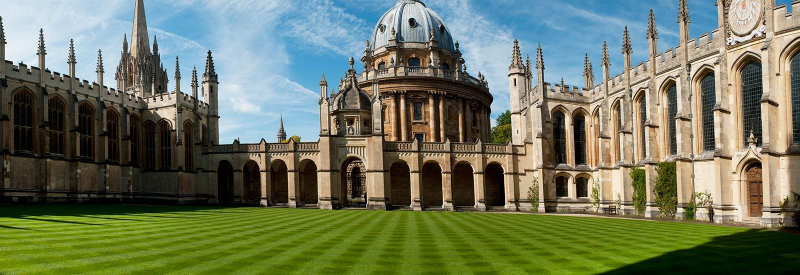
University of Oxford 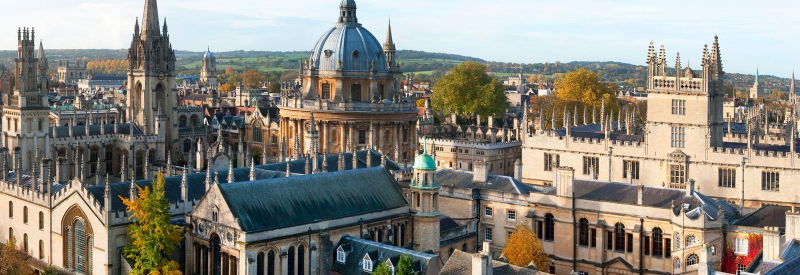
University of Oxford -
The Cathedral Church of the Blessed Virgin Mary in Salisbury boasts a plethora of distinctions, including the tallest spire in Britain (404 feet), the oldest working clock in Europe (1386), the largest cathedral cloisters and cathedral close in Britain, the largest and earliest complete set of choir stalls in Britain, the highest vault in the country, and the best-preserved of the four remaining original copies of the Magna Carta (1215). Bigger, better, best—and constructed in just 38 years, roughly from 1220 to 1258, which is a surprisingly quick timeline for a substantial stone structure made without the use of motorized machinery.
Salisbury Cathedral was the first significant cathedral to be built on an unobstructed site, which contributed to its extraordinary status. The clerics and architects were able to create a plan and set it up exactly how they desired. The complex has a consistent theme and a single identity because construction was completed in a single campaign. Only five years after the cathedral structure was finished, work on the cloisters, which mimic the interior of the cathedral in terms of materials, shapes, and patterns, began as a purely ornamental feature.
It was an ideal opportunity for the development of Early English Gothic architecture, and Salisbury Cathedral made full use of the emerging style's new techniques. From the prominent west windows to the painted arches of the east end, pointed arches and lancet shapes can be found everywhere. The cathedral's narrow piers were made of cut stone rather than rubble-filled drums, which changed the method of distributing the structure's weight and allowed for more light in the interior. Slender columns of dark gray Purbeck marble adorn the piers and reappear in clusters and as stand-alone supports in the triforium, clerestory, and cloister arches. The plate tracery patterns found in the triforium and cloisters, which are essentially stone cut-out shapes in the shapes of quatrefoils, cinquefoils, even hexafoils and octofoils, are repeated. There is consistency in the proportions.
Location: Salisbury, Wiltshire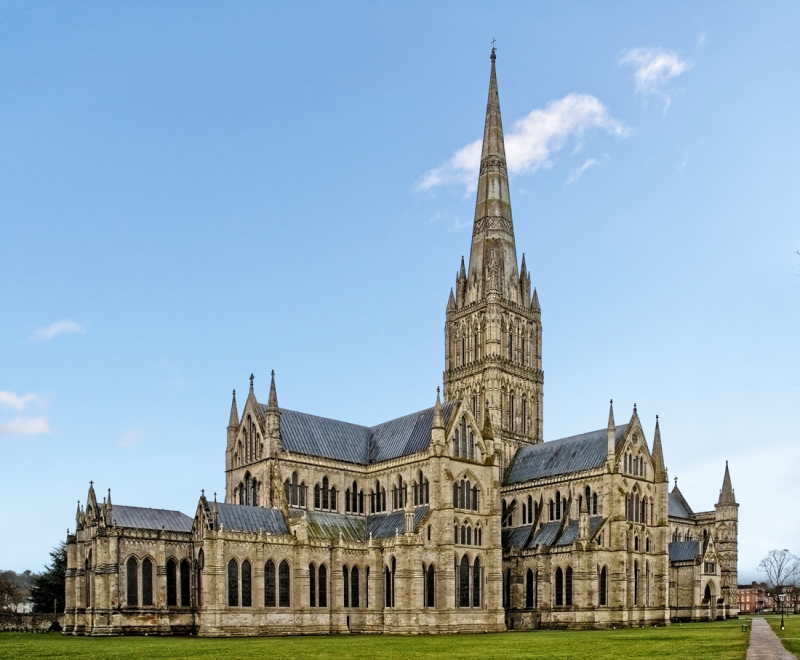
Wikipedia 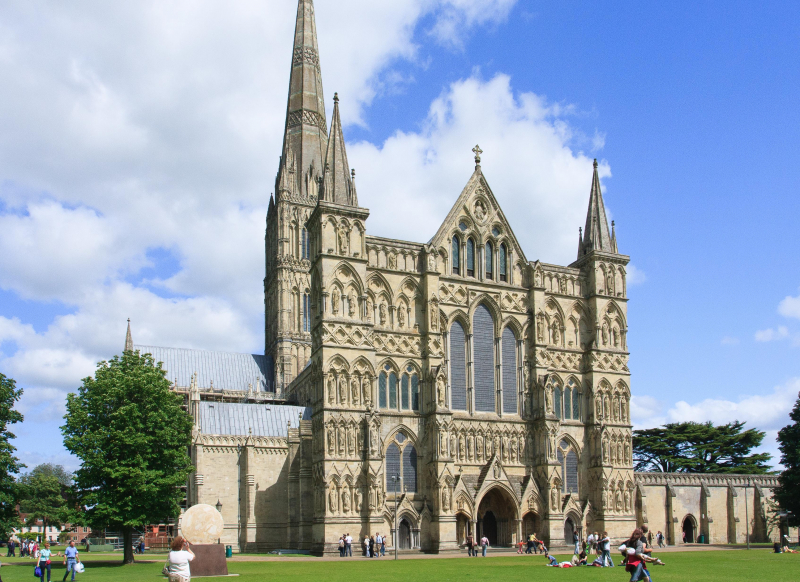
Search UW-Madison Libraries -
Bath's famous Roman Spa dates back before written records to the reign of King Bladud. Since then, the site has held religious and cultural significance, serving as a window into the country's fascinating history. A long exploration of the city's stunning urban landscape complements a visit to the Roman Baths.
The Roman Baths, built around 70AD as a grand bathing and socializing complex, is one of the best-preserved Roman remains in the world, with 1,170,000 liters of steaming spring water reaching 46°C filling the bathing site every day.
A large collection of ruins and an interactive museum that transports visitors back in time to Roman times and the lives of the Aquae Sulis people can be found at the Roman Baths. Walk on ancient cobblestones just as the Romans did 2,000 years ago and explore rooms that once contained locker rooms and chilly swimming pools.
Pick up an audioguide—which is available in 12 languages and has kid-specific guides—and listen to the fascinating commentary as you slowly navigate the site.Location: Bath, Somerset
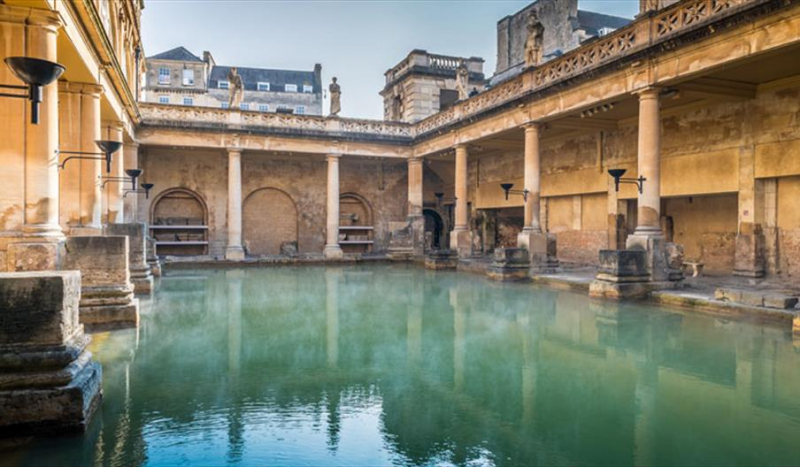
Visit Bath 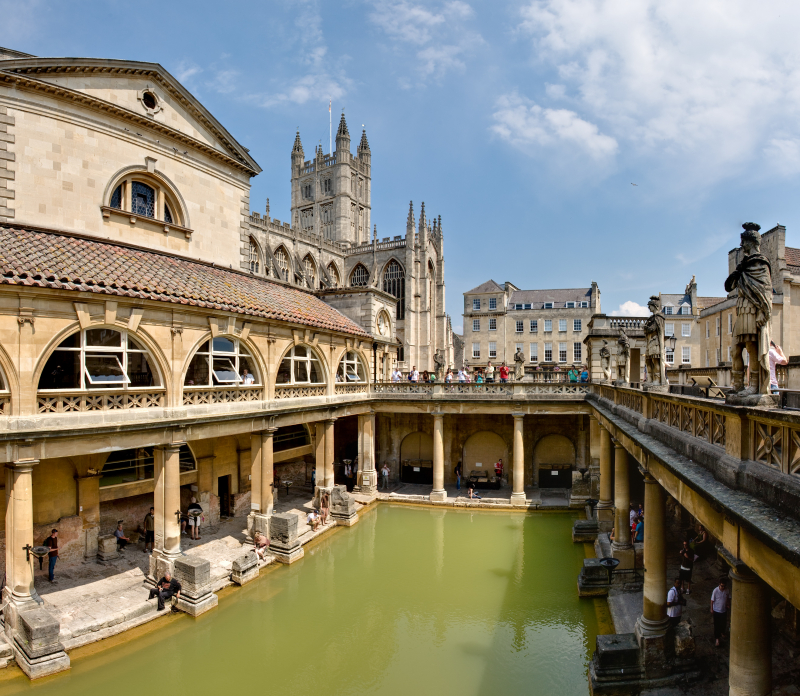
Wikipedia -
Lancaster Castle's imposing walls conceal a fascinating past. A location for defense, justice, persecution, and incarceration. But, rather than being a relic of the past, trials in the crown court continue to this day.
Guided tours provide a fantastic and truly unique look into the Castle's history. Explore the ornately decorated courtrooms, dark prison cells, and somber execution sites. Prepare to be moved by the tragic story of the Pendle Witches, who were imprisoned, tried, and executed at Lancaster Castle in 1612. No two tours are the same because they are shaped by our visitors' interests and questions. Inquire about our teddy bear hunt or join one of our fun-filled kids activity tours, which run throughout the school year.
The area was fortified by the Romans, rebuilt by the Normans, and expanded in the Georgian era. It is regarded as one of the most magnificent and significant historic monuments in the North of England. Order your tour right away.
On Monday, May 17, Lancaster Castle will reopen for scheduled visits. Every day at 11 a.m., it will be open; the final guided tour ends at 3:30 p.m.
Location: Lancashire, in the Northwest of England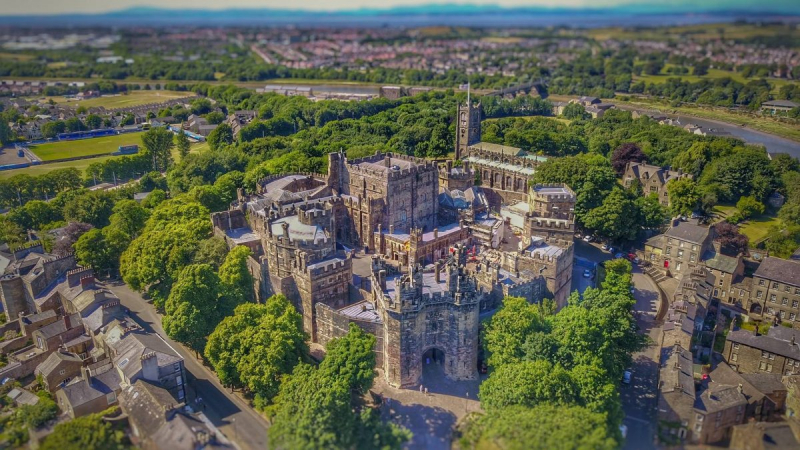
Visit Lancaster 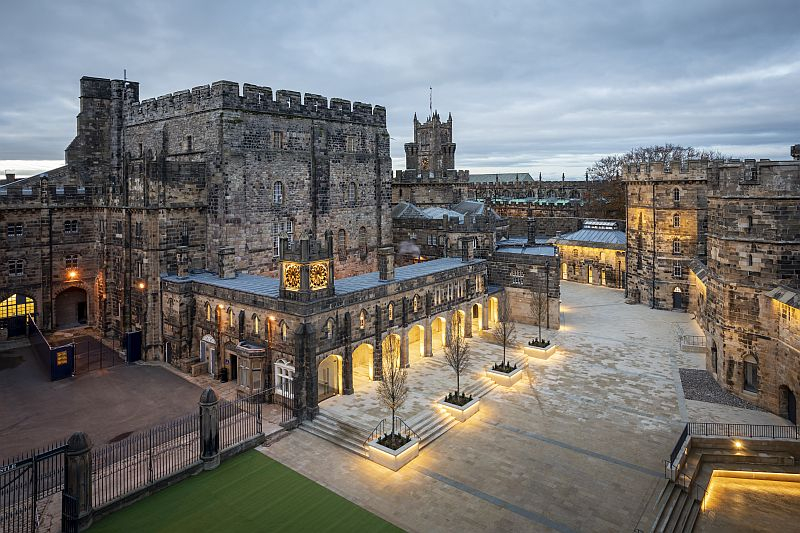
Lancaster Castle -
Given the age and scope of this Roman fortification, it's remarkable that anything has survived. Hadrian's Wall, which was built in 122 AD to mark the borders of the Roman Empire, is still fascinating for its cultural and historical significance. It represents the birth of England as a civilized state as one of the most iconic Roman structures in Britain. Despite the fact that history has brought us a long way since then, Hadrian's Wall is symbolic of the birth of the United Kingdom as we know it today.
Hadrian's Wall, which stretches 73 miles from coast to coast, was constructed to protect the untamed northern frontier of the Roman Empire. Find out what life was like for the people who lived on the outskirts of Roman Britain by exploring the ruins of the forts, towers, turrets, and towns that once guarded the Wall, viewing priceless Roman artifacts, engaging in hands-on activities in museums, and admiring breathtaking views of the rugged terrain.
At more than twenty fascinating locations, including Housesteads Roman Fort, Chesters Roman Fort, Corbridge Roman Town, and Birdoswald Roman Fort, you can today explore the Wall's rich history and its dramatic landscape.With so much to see and do, book your tickets now for the best price and prepare for your trip to this well-known World Heritage Site.
Location: Northern England
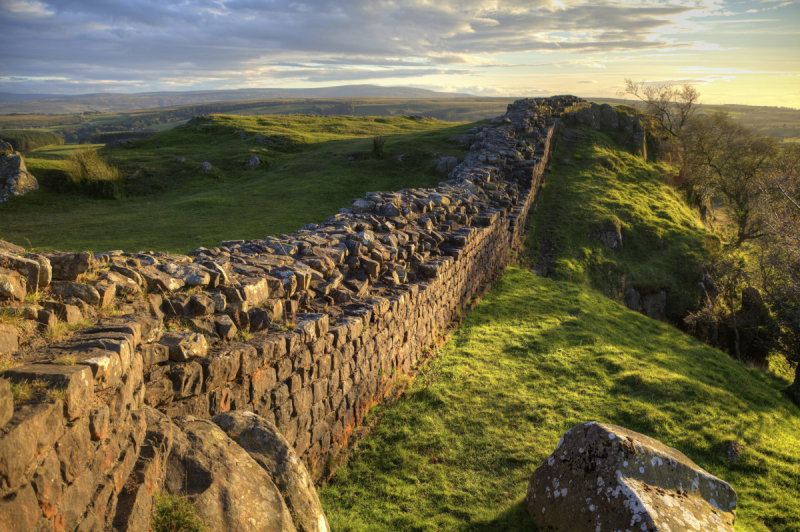
www.history.com 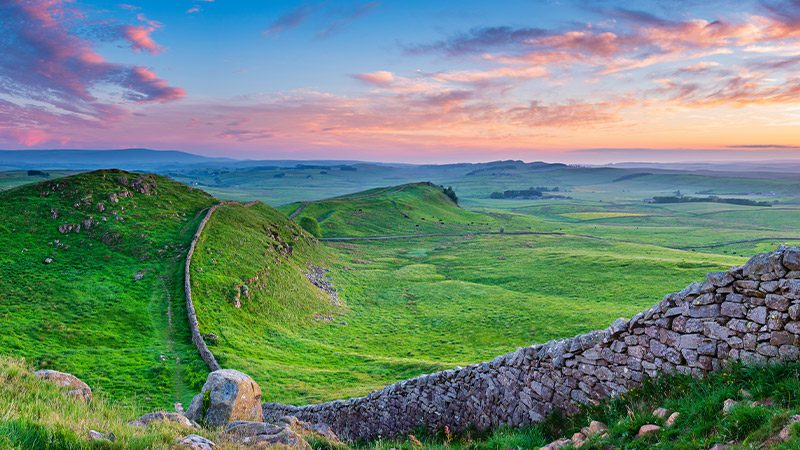
Intrepid Travel -
Stonehenge is designated as a UNESCO World Heritage Site as well as an English Heritage site. It is located in the English county of Wiltshire, close to the cathedral city of Salisbury. A visit to Stonehenge is high on many tourists' (and Brits') bucket lists, with approximately 800,000 people choosing to visit Stonehenge each year.
With an estimated age of 5000 years, Stonehenge is both the oldest and most famous building on our list. These ancient stones have stood motionless for the duration of history as it is known, withstanding the Saxons, the Romans, the Elizabethans, and the Victorians. They will likely also survive us. The location itself is equally stunning and enigmatic.
Stonehenge is Europe's most well-known prehistoric monument. Prehistoric people raised the stones around 5000 years ago as an ancient temple.
Location: Wiltshire, England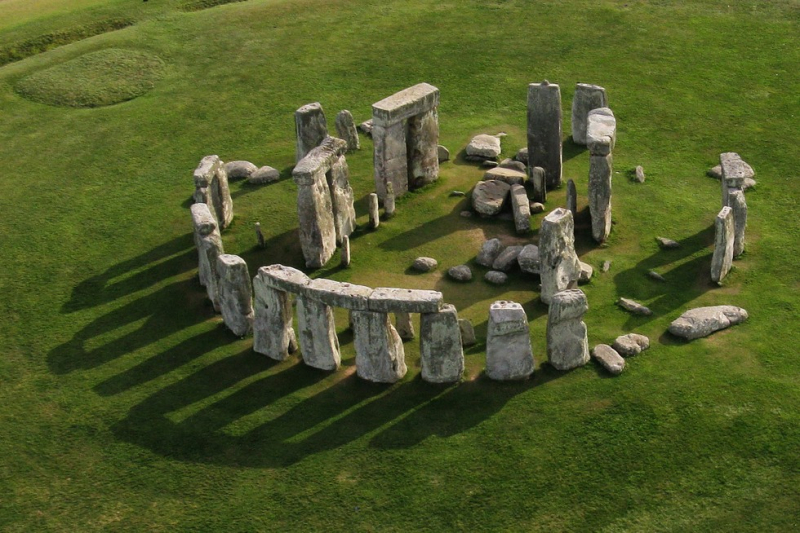
HistoryExtra 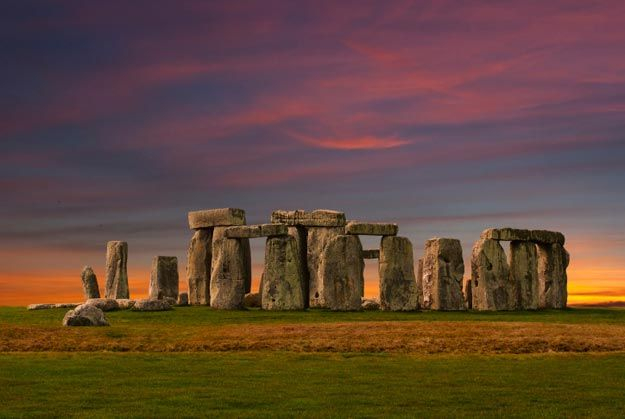
Pinterest









